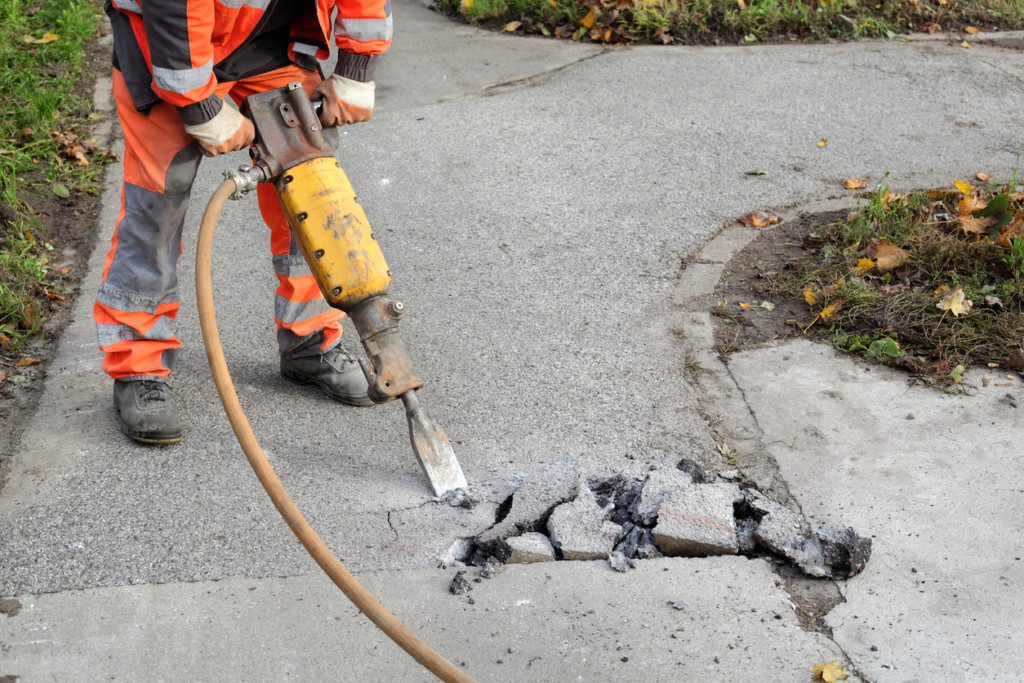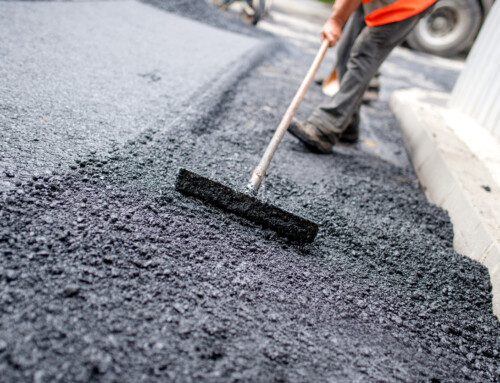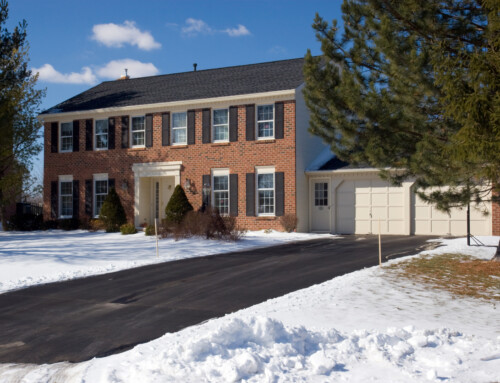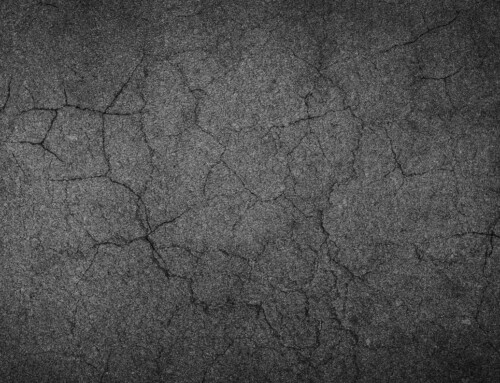
If your existing concrete driveway, parking lot, or road is showing signs of wear and tear, it might be time for an upgrade. Although concrete and asphalt both contain gravel and sand, the main difference between the two is what binds the mixtures together.
Cement, the adhesive used in concrete, creates a rigid surface that, while durable, can result in cracks and fissures that are difficult or even impossible to repair. Petroleum, the binding agent found in asphalt, results in a more malleable surface and makes fixing any future issues that may arise a cinch.
If you’re planning on upgrading your old concrete surfaces to asphalt, you might find yourself wondering: should concrete be removed before asphalt paving? Here’s what you need to know before you make a decision.
Removing Concrete Before Asphalt Paving Improves Durability
A long-lasting asphalt surface requires a strong base to improve its durability. While concrete utilizes a deep trench to create a thick and resilient slab, this can wind up concealing imperfections that occur over time such as sinking or shifting. Additionally, existing cracks can worsen over time, causing similar damage to surfaces paved over these fractures.
Removing concrete before asphalt paving allows for a fresh new base to be set in its place, increasing your new surface’s durability.
A Strong Base Helps Your Asphalt Surface Last Longer
Although you might only notice its sleek black exterior, asphalt actually contains several layers beneath the surface that help work together to ensure a longer lifespan:
- The top layer, or surface course, provides a smooth layer for vehicle or pedestrian traffic that also helps keep water from entering the underlying base.
- The base course helps distribute weight and increases the structure’s resistance to water and ice.
- In some cases, a subbase course is also used, further increasing stability while also minimizing any damage that might occur to the structure from beneath the ground.
Expansion Joints May Cause Future Damage
While it is possible to pave over an existing concrete surface, leaving it in place can present unique challenges when it comes to the long-term upkeep of asphalt.
Because of the rigid nature of concrete, expansion joints are often installed between slabs in order to allow for movement. Because asphalt is able to respond to temperature changes by expanding and contracting, these expansion joints are unnecessary and can cause damage to new asphalt from below as they collapse underneath the weight of the new pavement.
Removing Concrete Saves on Future Repairs
Although it might be more costly to remove concrete prior to asphalt paving, it may just end up saving you money in the long run by cutting down on expensive and time consuming repairs.
As the ground shifts or sinks beneath the pavement, damage to the underlying concrete could result in cracks or potholes in your new asphalt surface that require additional repaving. In most cases, these problems will continue to persist for as long as the concrete continues to settle beneath the new asphalt.
Although paving over existing concrete may be an enticing option for those looking to cut down on the cost of installation, it may not be optimal for your new asphalt pavement, and at worst could actually be detrimental to your asphalt’s longevity.
Ready to Get Started?
If you’re looking to upgrade your old concrete pavement, TopWest Asphalt can help! As a licensed, insured, and BBB accredited business with over 20 years of experience, we have all of the tools to not only get the job done, but to get it done right. Our highly trained and certified technicians are always ready to assist you with your next asphalting project.
TopWest Asphalt prides ourselves on providing quality work at affordable prices. Call (604) 857-3126 or contact us today to schedule your service.





